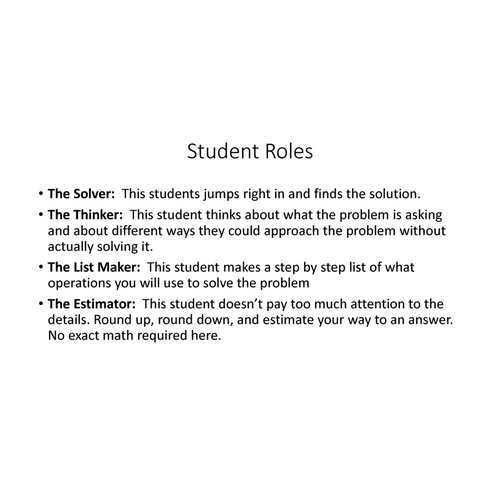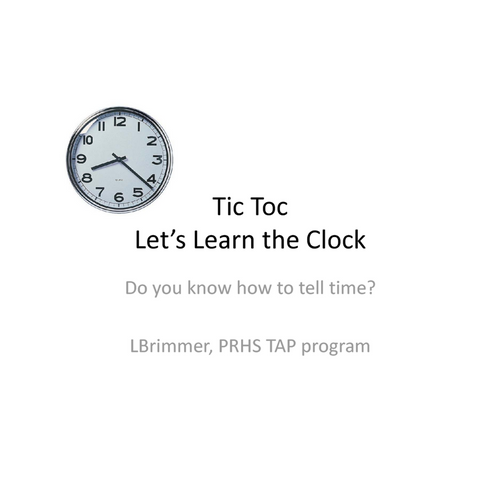Card Sorts
Keeley, Page, and Cheryl Rose. Tobey. Mathematics Formative Assessment: 75 Practical Strategies for Linking Assessment, Instruction, and Learning. Thousand Oaks, CA: Corwin, 2011. 207-209. Print.
Students collaboratively sort a set of cards with pictures, numbers, symbols or words according to a specific characteristic or category (example above: true or false statements). As students sort the cards, they should discuss their reasoning for placing each card in a designated group. Consider having students write their thinking as well!
April Formative Assessment Strategy
Keeley, Page, and Cheryl Rose. Tobey. Mathematics Formative Assessment: 75 Practical Strategies for Linking Assessment, Instruction, and Learning. Thousand Oaks, CA: Corwin, 2011. 59-63. Print.

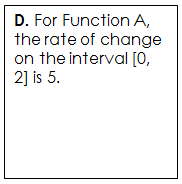
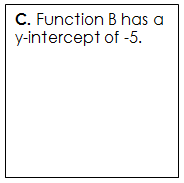
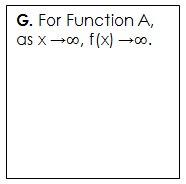
Keeley, Page, and Cheryl Rose. Tobey. Mathematics Formative Assessment: 75 Practical Strategies for Linking Assessment, Instruction, and Learning. Thousand Oaks, CA: Corwin, 2011. 207-209. Print.
This formative assessment allows students to reflect on what they learned over a given instructional time. Students can summarize their learning and think about how they learned the material in order to integrate into new mathematical understandings.
Use this formative assessment to examine which instructional practices are most effective for your students!
March Formative Assessment Strategy
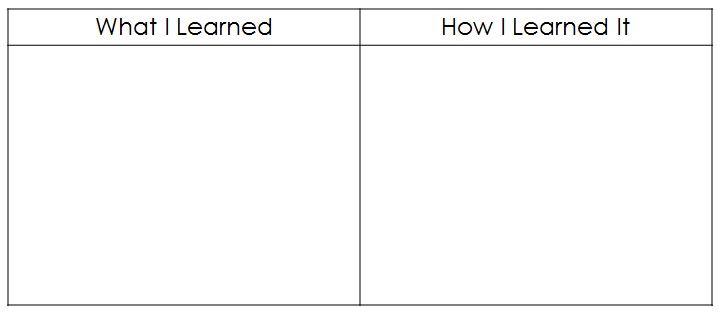
Two Stars and a Wish!
Potential Modification: Use "Two Stars and a Wish" instead as a student reflection! Students can provide two things they felt they mastered in the lesson and one thing they wish they could spend more time learning.
Keeley, Page, and Cheryl Rose. Tobey. Mathematics Formative Assessment: 75 Practical Strategies for Linking Assessment, Instruction, and Learning. Thousand Oaks, CA: Corwin, 2011. 207-209. Print.
Use "Two Stars and a Wish" as a way to balance positive feedback with constructive feedback for improvement!
Provide students with an opportunity to demonstrate their learning through conceptual understanding, multi-step problems or problems that require explanation and justification of thinking. In your feedback, write two comments of good features in the student work (stars) and one comment that encourages revision or further improvement (wish).
February Formative Assessment Strategy:
January Formative Assessment Strategy:
Pass the Problem!
Pass the problem allows students to collaborate together while also examining their peers' work!
Students work in pairs solving a problem, partially completing the solution. When time is up, students pass the problem and exchange their solution with another group. Students then review, modify, add to, or change the answer to the new problem, as necessary.

Keeley, Page, and Cheryl Rose. Tobey. Mathematics Formative Assessment: 75 Practical Strategies for Linking Assessment, Instruction, and Learning. Thousand Oaks, CA: Corwin, 2011. 145. Print.
December Formative Assessment Strategy:
Provide students with three
colored cards (Red, Yellow & Green)
to self-assess their learning!
Students can either hold up their cards or place the cards in the corner of their desk as they work to indicate their level of understanding on a concept.
Consider using these cards as a quick way to flexibly group students!
Keeley, Page, and Cheryl Rose. Tobey. Mathematics Formative Assessment: 75 Practical Strategies for Linking Assessment, Instruction, and Learning. Thousand Oaks, CA: Corwin, 2011. 194-96. Print.
Traffic Light Cards!
Click HERE for
pre-made cards!
November Formative Assessment Strategy:
Hot Seat!


Place anywhere from one to five chairs in an area of the classroom to serve as the hot seats.
Then ask the hot seats to share their responses. The class listens to the responses and provides feedback to the students on whether they agree or disagree and why.
Distribute a question or questions to the whole class to consider first and prepare their own individual responses.



October Formative Assessment Strategy: 3 - 2- 1!
Provide students with an opportunity to reflect on their learning!
Keeley, Page, and Cheryl Rose. Tobey. Mathematics Formative Assessment: 75 Practical Strategies for Linking Assessment, Instruction, and Learning. Thousand Oaks, CA: Corwin, 2011. 194-96. Print.
Commit and Toss!
September Formative Assessment Strategy:

- Give students an assessment probe
- Ask students to solve the question
- Crumple the paper into a ball
- Upon teacher signal, students toss the paper!
- Collect a classmates' paper
- Each student then shares out the answer and explanation to the paper they are holding (whole class, small group or partner)
Keeley, Page, and Cheryl Rose. Tobey. Mathematics Formative Assessment: 75 Practical Strategies for Linking Assessment, Instruction, and Learning. Thousand Oaks, CA: Corwin, 2011. 68-71. Print.
August Formative Assessment Strategy:
Odd One Out

"Odd One Out combines seemingly similar items and challenges students to choose which item in the group does not belong. Students are asked to justify their reason for selecting the number, symbol, representation, or mathematical term that does not fit with the others."
Formative Assessment Strategies
By deborah_johnson
Formative Assessment Strategies
Strategies acquired from: Keeley, Page, and Cheryl Rose. Tobey. Mathematics Formative Assessment: 75 Practical Strategies for Linking Assessment, Instruction, and Learning. Thousand Oaks, CA: Corwin, 2011. Print.
- 202,629
